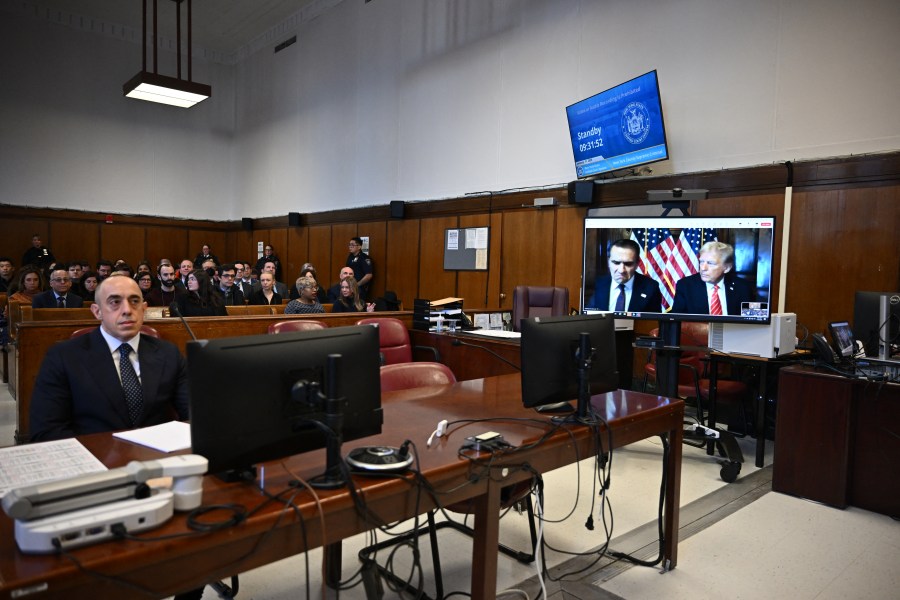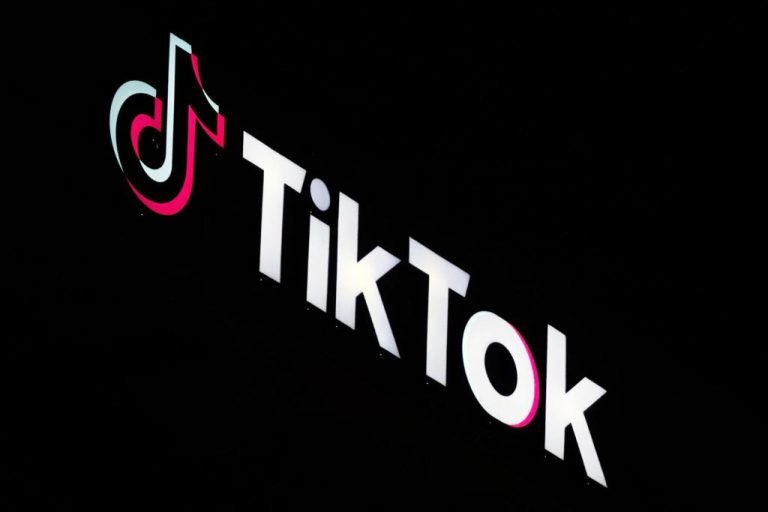
Cleo Capital Managing Director Sarah Kunst weighs the impact of IPO success on certain companies and discusses artificial intelligence on ‘Making Money.’
Generative artificial intelligence likely won’t replace humans in most jobs. But women figure to be hurt most by AI’s automation of jobs, according to a recent study published by a United Nations agency.
The United Nations’ International Labour Organization (ILO) published a study this month that suggests most industries “are only partly exposed to automation” and will likely be complemented by generative AI instead of AI completely taking over jobs.
Generative AI is defined as AI platforms that can generate text or images, such as OpenAI’s chatbot that can mimic human conversation, ChatGPT, or OpenAI’s DALL-E platform that can create images based on user’s prompts.
Anxiety has spread since the release of such generative AI platforms that the technology could wipe out jobs typically occupied by humans. A report from Goldman Sachs in March, for example, found that generative AI could replace and affect 300 million jobs around the world.
WHAT IS AI?

A pregnant woman works from a home office. (iStock / iStock)
The ILO study, however, found that only 5.5% of total employment in high-income countries could feel the impacts of generative AI’s automation, while 0.4% of employment in low-income nations could be affected by AI’s automation.
“On the other hand, the potential for augmentation is nearly equal across countries, suggesting that with the right policies in place, this new wave of technological transformation could offer important benefits for developing countries,” the ILO said in a press release on the study last week.
ACCELERATED ADOPTION OF AI COULD AUTOMATE 30% OF AMERICANS’ WORK HOURS: MCKINSEY
Women could see the greatest job loss due to generative AI, according to the study, with an estimated 7.8% of jobs held by women in high-income nations potentially being affected. ILO estimated this would mean roughly 21 million jobs held by women could be automated.
Among men, the study estimated 2.9% of jobs in high-income nations could be automated, which translates to roughly 9 million jobs.

A robot or cyborg hand (iStock / iStock)
“The potential effects of generative AI are likely to differ significantly for men and women, the study finds, with more than twice the share of female employment potentially affected by automation. This is due to women’s over-representation in clerical work, especially in high and middle-income countries,” the ILO said in its press release.
WHAT IS CHATGPT?
An estimated 24% of clerical tasks are “highly exposed” to generative AI technology, while an additional 58% of clerical tasks face “medium-level exposure,” according to the study. By comparison, the study found “the greatest share of highly exposed tasks oscillates between” 1% and 4% for non-clerical jobs.

This picture taken Jan. 23, 2023, in Toulouse, southwestern France, shows screens displaying the logos of OpenAI and ChatGPT. (Lionel Bnaventure/AFP via Getty Images / Getty Images)
Researchers said their findings show “generative AI is neither inherently good nor bad,” and its socioeconomic impacts will be determined by how the technology is used by companies and regulated.
AI, AUTOMATION MORE LIKELY TO NEGATIVELY AFFECT WOMEN WORKERS THAN MEN: STUDY
“Therefore, for policymakers, our study should not read as a calming voice, but rather as a call for harnessing policy to address the technological changes that are upon us,” the study concluded.

A woman sits at a computer workstation in a customer area. (Getty Images / Getty Images)
GET FOX BUSINESS ON THE GO BY CLICKING HERE
The study follows another paper published by the McKinsey Global Institute last month that also found women are more likely to lose their jobs amid the proliferation of AI.
The study argued U.S. women are 1½ times more likely to lose their jobs compared to men by 2030 due to generative AI. Office support and customer service positions, occupations in which women are heavily represented, could shrink by about 3.7 million and 2 million jobs, respectively, by the new decade.







